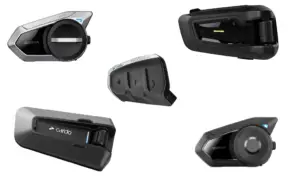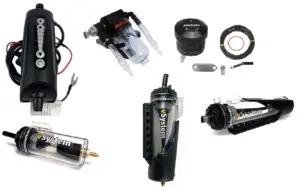It is very likely that during the next decade, electric motorcycles will change motorcycling as we know it today. I love my litter adventure motorcycle, however, I cannot wait when the electric revolution will take over the motorcycle world the same way the car industry is being reshaped today.
Many of us spent decades riding combustion engine bikes mastering riding skills and are afraid of change that will remove the clutch lever and gear shifts from the equation. Some spent hundreds, if not thousands, of hours mastering moto gymkhana and just like that half of that skill becomes irrelevant.
There is no value in fighting the future, after all, progress is inevitable and we all will adopt new technology sooner or later. Here are some thoughts on why electric motorcycles will eventually provide us with more freedom, which we, riders, value so much.
Contents
Range anxiety
Modern electric cars have 70-100 kWh battery capacity and with an average consumption of 14-20 kWh per 100 kilometres, we are looking at 350 – 600 kilometres of range. For electric motorcycles, the situation is not as bright.
The best electric motorcycles of 2019 have battery capacities of 15 kWh and an average consumption of 7 kWh/100 km. This means that the average real-life electric motorcycle range is approximately 200 kilometres.
The main problem with the 200-kilometre range is that the first 100 kilometres fly by very fast. And it is hard to enjoy riding a motorcycle when the remaining range is less than 100 kilometres. Conventional motorcycle riders tend to refuel when there are less than 100 kilometres of range left. The same goes for electric motorcycles.
This means that we are left with just 100 kilometres of enjoyable riding with an electric motorcycle since after riding for 100 kilometres we have to start looking for a charger or turn around and go back home.
The situation is worsened by the fact that it is not recommended to charge the lithium-ion battery to 100% all the time since it reduces battery longevity. Ideally, you have to charge the battery to 85-90% for daily use and avoid discharging it under 15%. That means that 200 kilometres of range decreased to 160 and enjoyable riding range decreased from 100 to 60 kilometres before we have to start worrying about charging stations.
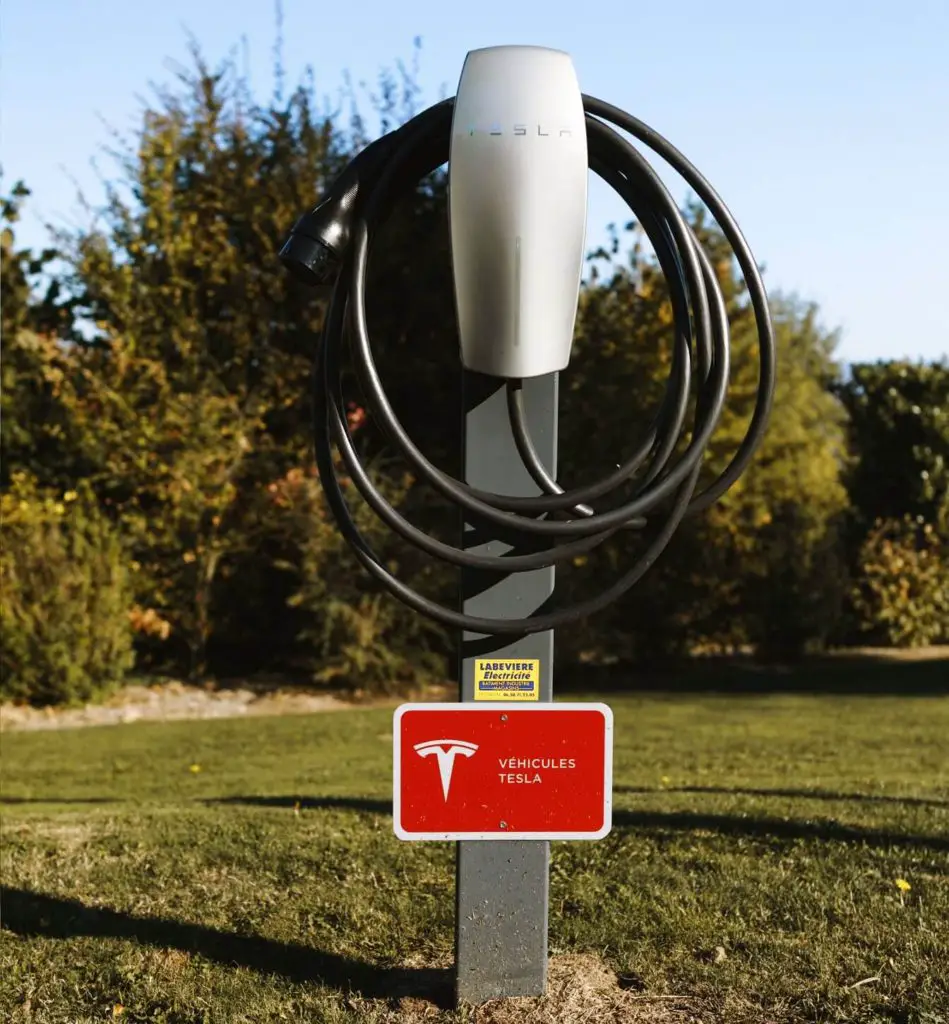
Source: Unsplash.com
Fortunately, 200 kilometres is a good range between stops. Most riders would take a 20-30 minute rest break and drink a cup of tea or coffee to restore energy level and concentration. This means that we need an additional 100 kilometres of range making it 300 kilometres to feel safe and get rid of range anxiety. Knowing electric motorcycle energy consumption we can easily calculate the required battery capacity for electric motorcycles to become mainstream.
Having 300 kilometres of riding at a speed of 100 km/h (62 mph) with 85% of charge is a basic requirement for a motorcycle to become practical enough for most riders. That means that a 25 kWh battery should do the trick.
That means that electric motorcycle manufacturers like Zero have to find a way to add another 10 kWh to the battery. Currently base Zero S model has a 14.4 kWh battery with an option of adding an additional 3.6 kWh making it an 18 kWh in total. However, this option eliminates the ability to add an additional charger which means that charging time is increased to 10 hours, which is unacceptably long. As a result, most Zero buyers prefer faster charging time to the additional battery capacity.
Even building an electric motorcycle with a 25 kWh battery and an inbuilt fast charger is not a simple task. Especially taking into account that motorcycle weight should not exceed 250 kg. We believe that nowadays this is more of an engineering problem that should be solved within the next couple of years. Also, with new competition in the market in form of Harley-Davidson LiveWire we would really enjoy seeing a fight between electric motorcycle manufacturers for the bigger battery.
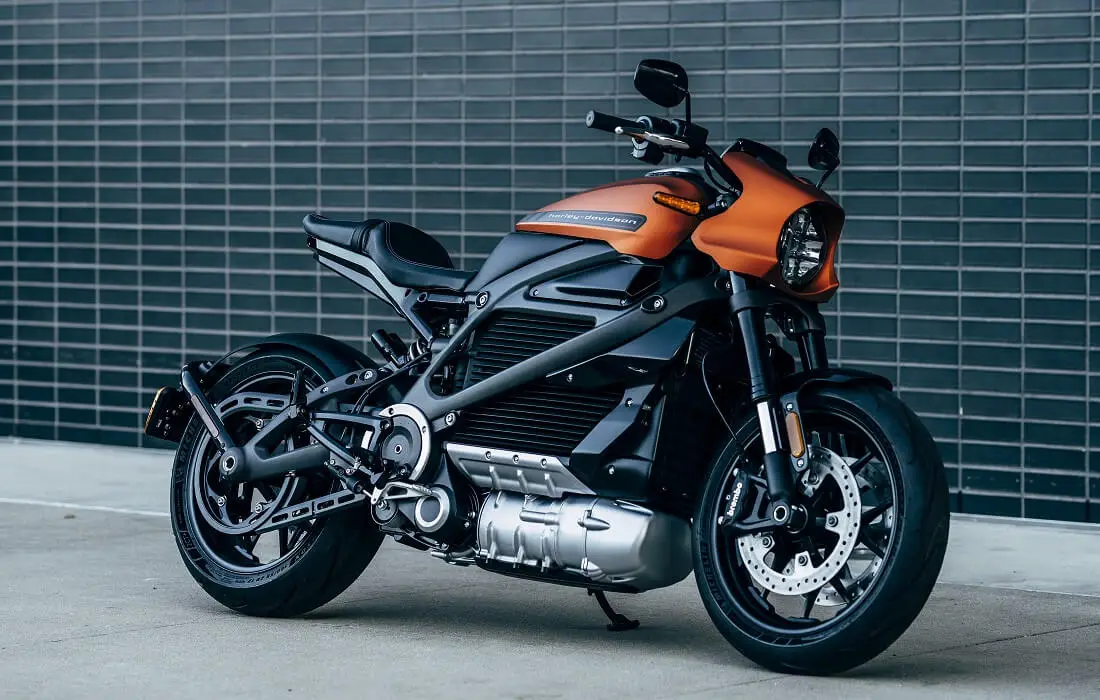
Source: Unsplash.com
Combustion engine vs electric: cost of ownership
Riding a motorcycle is not as cheap as you might think. Sure motorcycles have lower fuel consumption compared to most cars, however, motorcycles also require much more maintenance compared to cars. Here is a short table with the main maintenance expenses listed.
| Main maintenance expenses | Combustion engine motorcycle cost per 100k km / 62k miles | Electric motorcycle cost per 100k km / 62k miles |
| Engine oil (replaced every 5k km) | $800 | $0 |
| Oil filter | $100 | $0 |
| Air filter | $120 | $0 |
| Chain and sprockets | $700 | $700 |
| Front tyre (replaced every 20k km/ 13k miles) | $400 | $400 |
| Rear tyre (replaced every 12k km / 8k miles) | $800 | $800 |
| Brake pads | $500 | $100 (electric motorcycle uses fewer brakes due to more efficient engine braking which also recharges the battery) |
| Spark plugs (iridium spark plugs replaced every 30k km | $300 | $0 |
| Valve adjustment ( | $400 | $0 |
| Fuel (5l/100)km | $6500 in Europe / $3800 in US | $0 |
| Electricity consumption (7kWh/100km) | $0 | $1400 (calculated at $0.20 per kWh) |
| TOTAL: | $10620 in Europe/ $7920 in the USA | $3400 |
There are other consumables including
- wheel bearings
- coolant
- brake fluid
- clutch disks
- valvetrain chain
- fork oil and seals replacement
However, the overall picture is clear from the table above. Also, it is assumed that you can do most of the maintenance yourself including oil changes, brake pad and spark plug replacements, otherwise add servicing costs.
On average, we are looking at over 10k USD per 100k km / 62k miles just in fuel and spare parts for a conventional 600-1000cc motorcycle and $3400 for an electric motorcycle.
Even though 100k KMs / 62k miles sounds like a lot, it will take around 3-5 years for the average motorcycle enthusiast to cover that distance on a motorcycle. Since motorcycles are about freedom – making them more affordable and easy to maintain should be good for any rider. Also, if we have to work 3 times less to earn money to cover the same distance on an electric motorcycle compared to a traditional then it is a definite win for me.
Electric motorcycles prices
The current electric motorcycle market reminds the electric car market in 2016. Electric motorcycles are priced at twice the similar conventional motorcycle price. There is definitely an early adopter price to pay for owning an electric motorcycle in 2020. Even though electric motorcycles are much cheaper to own and use, the purchase price difference between conventional and electric motorcycles is simply too big to make it an economically viable decision to choose an electric bike today.
Today Zero S is the most affordable electric motorcycle that is somewhat practical for in-city riding and it is priced at $19000 – $22000. We would need more competition with such giants as Honda, BMW, Suzuki, Kawasaki, KTM, Yamaha and others joining the electric motorcycle market in order for prices to plummet. Read about Zero electric motorcycles.
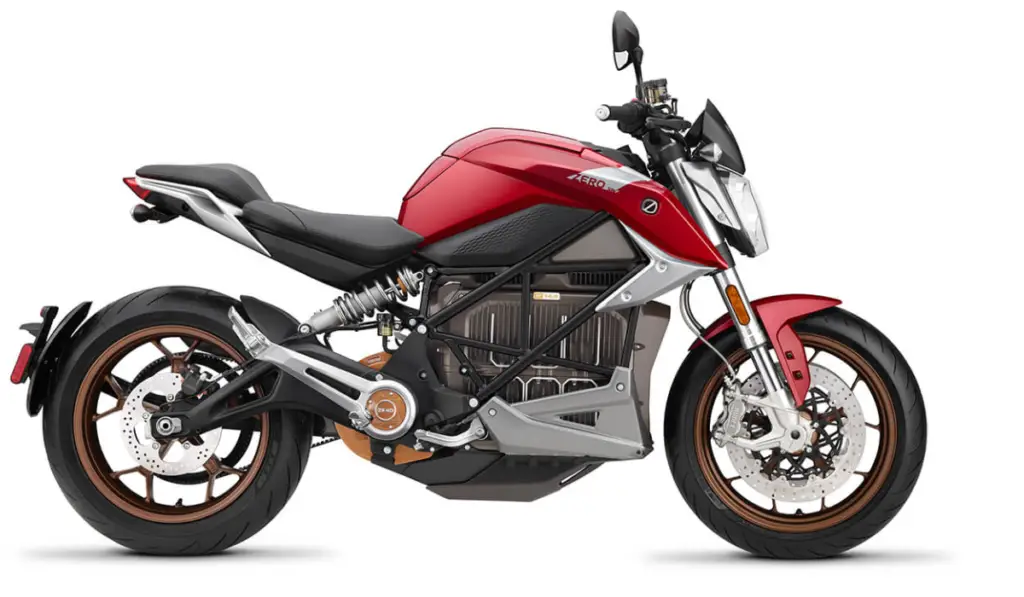
Electric motorcycle manufacturers claim that most riders go less than 200 kilometres per day. This is true, however, the main reason why we buy motorcycles in the first place is to travel, explore and go on adventures to new places.
I use a motorcycle to get to work only because I already have it in my garage, the reason why I bought it in the first place is to go on long trips that may take several weeks and thousands of kilometres. Even if it is just 20 % of my riding, this is the number one reason I bought a motorcycle. Unfortunately, modern electric motorcycles just can’t do it, in the same way, conventional motorcycles can. And until there is a 25kWh battery and the charging infrastructure is more developed, going electric would include too many sacrifices.
Charging infrastructure
Fortunately, electric motorcycle riders do not have to push charging infrastructure. Electric car owners will do it for us. All we have to do is just wait until there are enough CHAdeMO (charge de move) chargers that are capable to sustain a 40+ KW charging current. With a 25kWh battery on a motorcycle, such a charger would be capable of recharging 100 km of range in under 15 minutes which is acceptable for motorcycle touring.
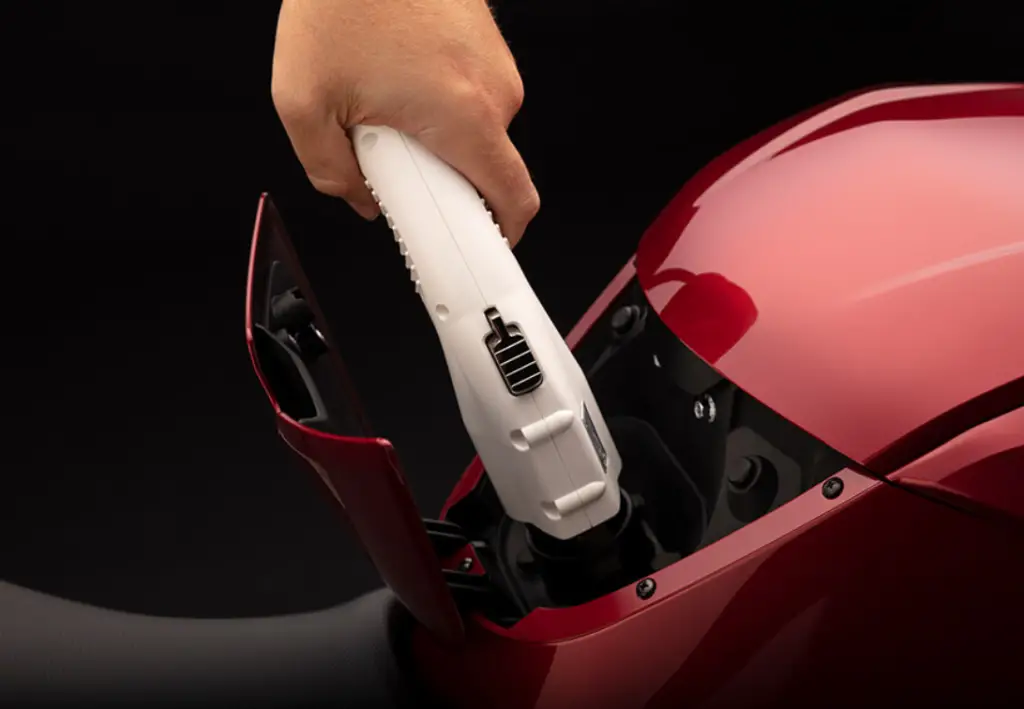
Eventually, every road cafe and all small towns will be interested in having charging infrastructure developed near them, since these will be places where electric car owners will stop to charge their EVs and spend money in these locations while their cars are charging.
So how many EVs do we need on the road in order for the demand for fast chargers to push infrastructure development far enough? This is a field for speculation, however, our guess is that approximately 10% of cars on road and 25% of new car sales should be EVs for electric infrastructure development to explode.
Conclusion
The day when a 10k USD electric motorcycle with a battery capacity of 25kWh and the capability to fully recharge within 40 minutes will get to the market – will be the day the new motorcycle era begins. I really want that future to come faster and give us more freedom to explore this world on affordable electric motorcycles. But for now, unfortunately, the combustion engine motorcycle is the only viable option.
